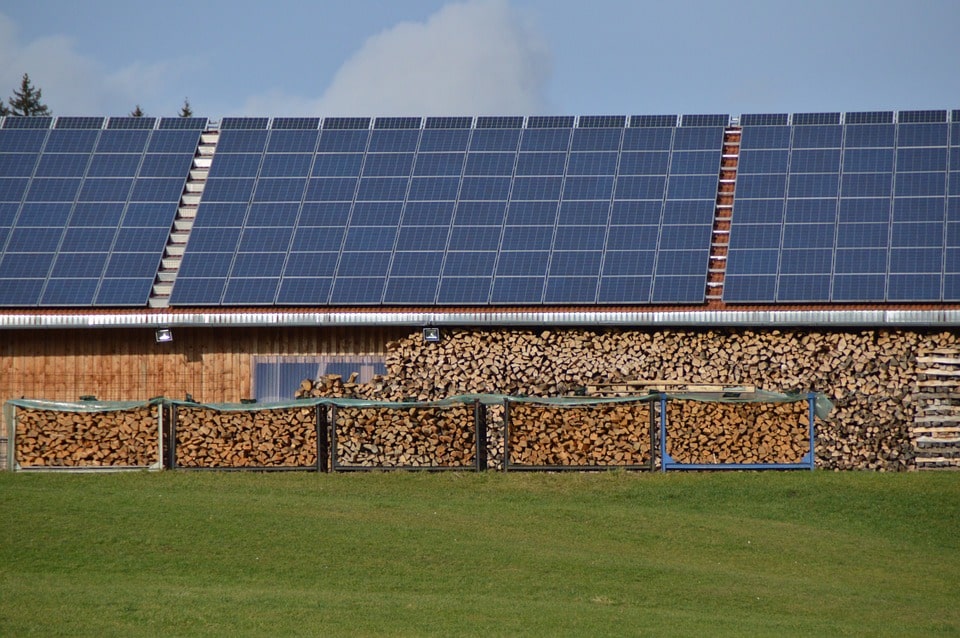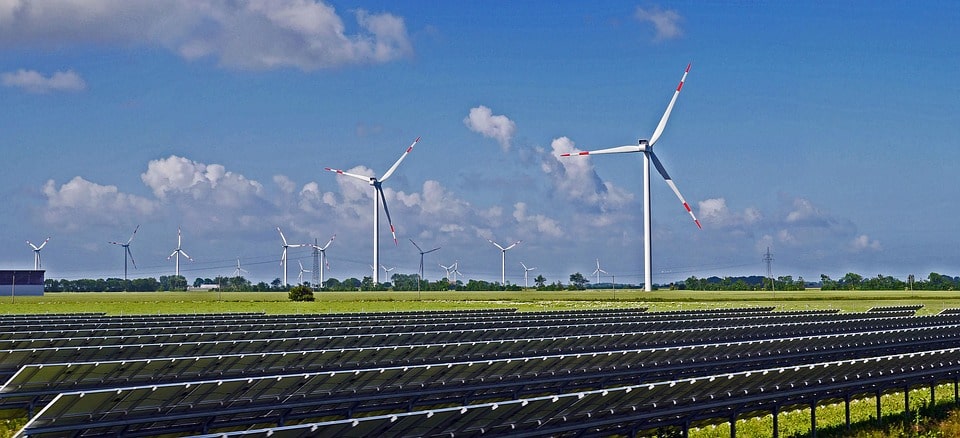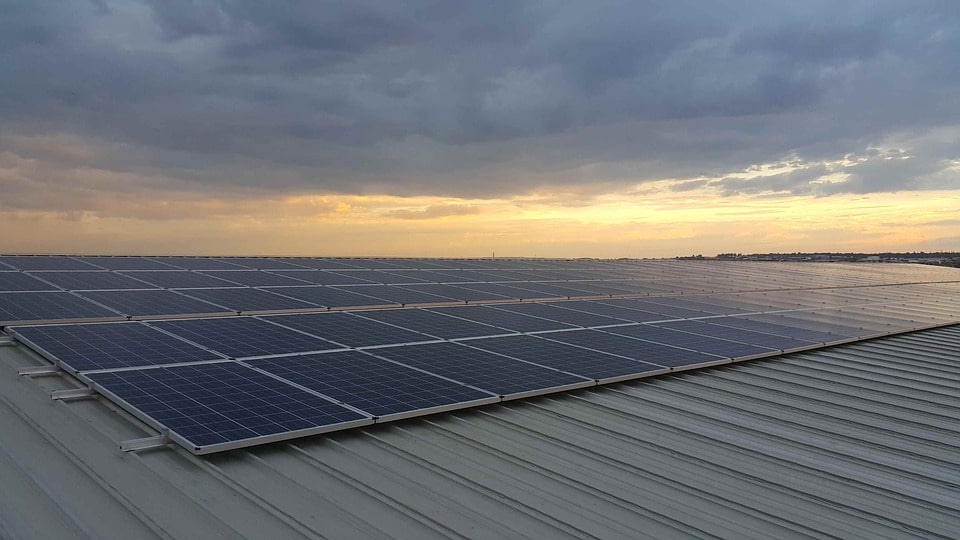Energy balance of industrial enterprise
The energy balance is an important characteristic of the energy sector of the enterprise and reflects the full quantitative correspondence between the amount of supplied energy (profitable part), on the one hand, and the sum of useful energy and losses (expenditure part), on the other.
Compilation and analysis of energy balances are aimed at solving the following main tasks:

- assessment of the actual condition and efficiency of energy use at the enterprise, identification of the causes and determination of losses of energy resources and energy carriers;
- identification and assessment of fuel and energy saving reserves and development of a program of measures aimed at improving energy efficiency; improvement of operating modes of technological and power equipment;
- determination of rational sizes in production processes and installations; improvement of methods of rationing and development of norms of fuel and energy consumption for production;
- definition of requirements to the organization and improvement of system of the account and control of expenses of energy resources and energy carriers;
- obtaining initial information to address issues of creating new equipment and improving technological processes in order to reduce energy costs;
- optimization of the structure of the energy balance of the enterprise as a result of choosing the optimal directions, methods and sizes of the use of supplied and secondary energy resources;
- improvement of the fuel and energy saving incentive system.
According to the period of time for which they are compiled, energy balances can be design, planning and reporting.
Project energy balances are compiled during the creation of a project for the construction or reconstruction of industrial enterprises and are the basis for the development of schemes for their energy supply.
Planned energy balances are developed on the basis of fuel and energy consumption rates and are divided into current and future.
Reporting energy balances are compiled on the basis of equipment testing, measurements and accounting of actual energy costs and losses for the relevant past period of time.

Depending on the objects for which the balance is drawn up, there are energy balances of individual units and installations, consumer groups, individual technological processes, site, shop, enterprise.
Depending on the types of energy resources and energy sources that are taken into account when compiling balance sheets, there are partial and consolidated energy balances.
Partial balances are compiled for certain types of fuel, energy and energy carriers. Each of type of partial balance is composed in the appropriate units.
To establish the magnitude and graphs of the energy load of the enterprise, power balances are compiled. They reflect the modes of operation of individual power plants and their participation in ensuring the overall energy load.
The consolidated energy balance of an enterprise is a set of interconnected partial balances relating to the consumption in the production of certain types of fuel and energy or the use of appropriate energy sources. This balance is formed in units of heat and reflects the structure of energy resources used in the enterprise, or the total need for these resources and sources of its satisfaction. The consolidated balance sheet also makes it possible to establish the level of energy efficiency at the enterprise.
Energy balances of industrial facilities can be obtained by experimental research, combined calculation and research methods.
The most accurate are the energy balances compiled experimentally, i.e. on the basis of equipment tests. During these tests, the power and energy supplied to the unit, as well as the parameters of the main and all branched energy flows are measured with the help of appropriate devices.
Based on the results of the analysis of energy balances of industrial facilities, plans of organizational and technical measures to save energy resources are drawn up.

When conducting energy audits to determine the components of the balance a combined method is often used. Usually the company does not have enough information needed to determine all components of the balance sheet. In this case it is necessary to use the reference literature, to make approximate analytical calculations, to involve narrow-profile experts or, most often, to carry out personal measurements of necessary sizes.
If the company has protocols of scheduled audits or information taken from the automated system for monitoring the condition of the facility, the analysis of the actual state of energy use at the facility and determining the components of its actual balance can be performed on this documentation. In the absence of the necessary information, the energy auditor must perform measurements of the values necessary to obtain an actual "photograph" of the distribution of the total energy flow within the inspected object.
It is obvious that for most types of energy balances their components should be presented in uniform units of measurement (mainly in tons of conventional fuel) for the considered period of time.
The profitable part of the energy balance ![]() (energy consumption) may include: receiving of fuel
(energy consumption) may include: receiving of fuel ![]() , electricity
, electricity ![]() and heat
and heat ![]() from the outside and energy produced by installations that utilize the energy of secondary energy resources
from the outside and energy produced by installations that utilize the energy of secondary energy resources![]() .
.
The fuel consumed by the enterprise can have two components: ![]() - fuel used for technology, and
- fuel used for technology, and ![]() - fuel used for the production of heat and electricity.
- fuel used for the production of heat and electricity.
Then the energy supply of the enterprise will be required
![]() .
.
At all stages of energy movement (receiving, production, transformation, distribution) there are irrational costs (losses) of energy ΣQВТ
Taking into account energy costs for own needs, source and losses, energy consumption will make:
![]() ,
,
where ![]() and
and ![]() - thermal and electrical energy produced by own sources;
- thermal and electrical energy produced by own sources; ![]() - energy consumption for the source's own needs.
- energy consumption for the source's own needs.
The balance of energy used in the enterprise can be recorded taking into account the directions of its use.
![]()
Where ![]() ,
, ![]() ,
, ![]() - total energy costs for technology, heating, ventilation, air conditioning, hot water supply;
- total energy costs for technology, heating, ventilation, air conditioning, hot water supply; ![]() - release of energy to the side;
- release of energy to the side; ![]() - other energy costs.
- other energy costs.
Obviously, the above components of the energy balance for the company are the sum of energy consumption in the shops (production, sites) and take into account both useful (conditionally useful) energy and energy losses (regulatory and excessive).
Secondary energy resources that can be formed from all components of energy use can serve as an additional source of energy for the company.
The direction of use of secondary energy resources (SER) depends on the size, structure and mode of energy consumption of the enterprise, as well as on the type, parameters and number of SER generated, and in each case should be selected based on the development of optimal fuel and energy balance, taking into account the greatest efficiency.

Depending on the types and parameters of SER used in four main areas:
- fuel - direct use of combustible SER as boiler-furnace fuel in power generating installations or in installations that use fuel.
- thermal - the use of energy produced by SER, in recycling facilities or obtained directly as SER, to meet the demand for heat. This direction also includes obtaining artificial cold due to SER in absorption refrigeration units.
- power - the use of SER overpressure with the conversion of energy to generate electricity in gas or steam turbines or use them to drive individual units and installations.
- combined - transformation of the potential of SER for production in utilization installations (utilization of thermal power plants) on a district heating cycle of the electric power and thermal energy.
Secondary energy resources can be used to meet energy needs directly, without changing the type of energy source or with changing the energy source by generating heat (steam, hot water), artificial cold or electricity in recycling facilities.
The use of SER reduces fuel consumption. At the current level of energy prices, the costs of construction of plants for the use of SER are 2-3 times smaller than the costs of extracting fuel equivalent in terms of energy potential. Trends in the development of the fuel and energy complex provide for an increased importance and economic efficiency of the use of SER.
The use of SER, as a rule, allows to save other types of resources (raw materials, water, electricity, auxiliary materials).
An indispensable condition for the introduction of plants for the utilization of SER is the presence of consumers of low-potential heat or other types of energy.
Low-potential heat generated in recycling plants can be used in water or air heating systems, and SER can also be used to preheat feed water in boilers. SER of high and average potential is expedient to use as the heating heat carrier in generators of absorption and refrigerating machines for receiving cold. Perspective planning of the use of SER and the introduction of utilization facilities should be conditioned by technical and economic calculations and measures to materially stimulate energy saving.
To characterize secondary energy resources suitable for direct use without energy conversion, the following indicators are used: SER yield, actual SER use, utilization reserve, possible and actual fuel savings due to SER, SER utilization factor.
To characterize the secondary energy resources used with the conversion of energy in the disposal plant, the following indicators are used: output SER; possible energy production due to SER - actual production and actual use of energy obtained by SER; energy utilization factor; disposal reserve; possible and actual fuel savings due to SER; SER utilization factor. SER utilization factor is characterized by the ratio of actual or planned (for the future) fuel savings to possible ones.
